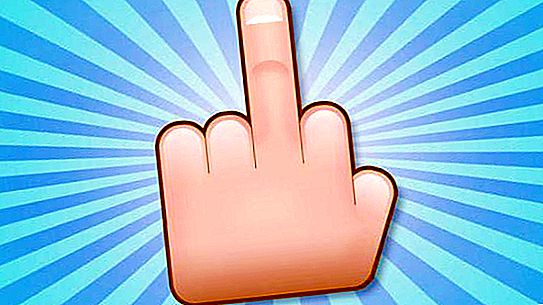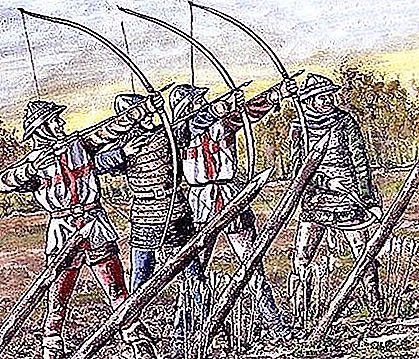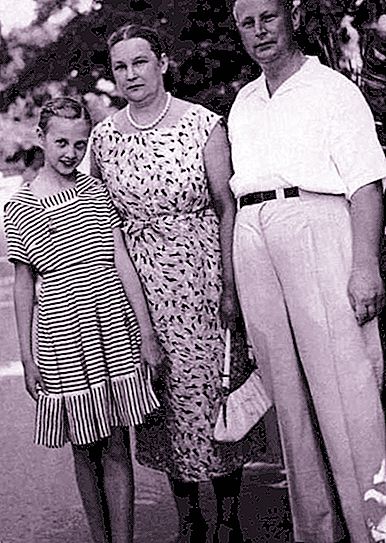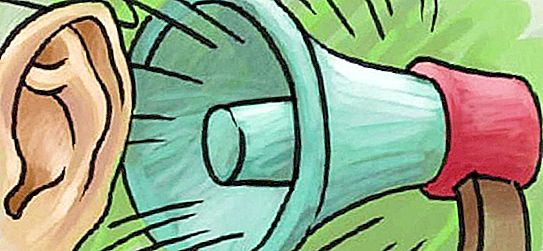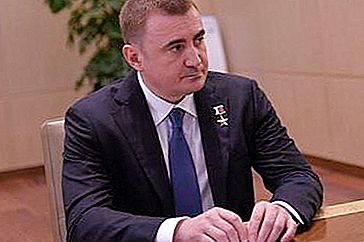Many of you have heard of such a thing as Effenberg’s gesture. What it is? This is the name of the phallic symbol among football fans. In 1994, a crowd of fans booed Stefan Effenberg, for which he showed them his middle finger.

Effenberg’s gesture for fans
The midfielder of the German football team showed a phallic gesture in the 75th minute of the game between Korea and Germany. The match was held in the USA. Fans got angry at the footballer for playing sluggishly. 15 minutes before the end of the game Effenberg was replaced. Leaving the field, he heard a whistle and unflattering remarks addressed to him. This offended the football player, and he showed the fans a corresponding gesture. Interestingly, the fans and the public more remember the incident itself than the team’s game.
Effenberg later wrote the book “I showed“ this “to everyone!”, Where he talked about his football career and this incident. The book described that the Effenberg coach broke off relations with the footballer that night because he did not want unnecessary provocations from the press and fans. Stefan Effenberg was expelled from the national team and spent in it only two friendly matches four years later. After some time, the player was forgiven and asked to return to football, but he himself did not express such a desire. By the way, in Germany a fine was imposed for a demonstration of indecent gesture.
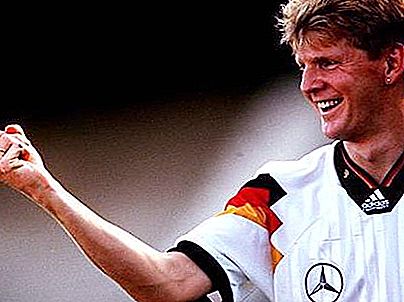
This "Effenberg gesture" is considered very indecent and characteristic of a marginalized environment. Why this is called, in fact, is understandable, but this can be argued. In fact, the gesture appeared much earlier, even in the Ancient World.
Effenberg Gesture Studies
Desmond Morris, an English anthropologist, believed that the gesture symbolizing the demonstration of the male genital organ is one of the oldest. In ancient times, it meant a predisposition to passive homosexuality or symbolized a direct threat of rape.
Effenberg's Gesture: A History of Origin
In ancient Rome, the middle finger was called shameless, or shameful. Mention of his demonstration can be seen in historical and philosophical works. Caligula, emperor of Rome, loved to shock the public. People who came to express their reverence, he forced to kiss his middle finger. Diogenes showed an indecent gesture, expressing his attitude towards Demosthenes. The Persian people perceived the gesture of their middle finger raised up as a sign of a talisman from the evil eye and evil spirits.
Gesture theory
In the Middle Ages, such a gesture by Effenberg (the photo you see in the article) meant a charge of homosexual relations. In the XIV century, captured English soldiers cut off the index and middle fingers. This was done so that they did not have the opportunity to shoot at enemies with a bow. Later, after winning the Battle of Agincourt, English soldiers showed the middle fingers of the French as a sign that they were not cut off.
Other theories of gesture appearance
There is another version. The French boasted of their ability to shoot from a crossbow. As a result, after the defeat, the British showed the opponents the middle and index fingers as a mockery of their crossbowmen.
On the island of Sicily, for stealing a person lost his middle finger, if the crime was more serious, then hands to the elbow. Thus, the person showing the middle finger showed his honesty and non-involvement in theft.
Some scholars believe that demonstrating aggression through a phallic gesture is not unique to humans. Some species of monkeys show these gestures to each other in moments of aggression.
Gesture of various nations
The French call this gesture "hand of honor." One arm is bent at the elbow, the other is placed on it in the bend area.
The British demonstrate a phallic gesture in this way: they show the enemy the sign "Victoria", while the palm is facing you.
In Arab countries, the equivalent of Effenberg’s gesture is a clenched fist with the thumb set aside.
Sri Lankans squeeze a palm, turning it up, and raise their index finger.
An indecent gesture was brought to the United States by Italian immigrants back in the 19th century. In 1886, during a team baseball game, players showed a phallic gesture to their rivals. He signified malice and hatred. In 1976, a phallic gesture was shown by the president of the United States of America, Rockefeller, in response to the whistling of the crowd. In California, local taxi drivers thus expressed their disappointment or bad luck.
The most memorable instances of a Effenberg gesture in a football environment
Over the history of football, athletes have repeatedly demonstrated the phallic symbol, but only a few of them were noted in the press.
In 2012, Denis Garmash in a match between Shakhtar and Dynamo Kyiv showed an indecent gesture to fans of the opponent, which caused a major scandal. Midfielder Dynamo was punished for this with a suspension for several matches.
In 2009, Swiss judge Massimo Buzac, in response to the dissatisfaction of the fans, showed the crowd his middle finger. He later apologized, but was still disqualified.
In 2011, Ukrainian goalkeeper Alexander Rybka showed Effenberg's gesture to fans of the opposing team. Such an act went unpunished.
Coach Fabio Capello in 2007, after the end of the match, twice showed a phallic gesture to fans of Real Madrid. Such an act was not appreciated, and Capello was forced to pay a fine. He later explained that for almost five years he had been haunted by a couple of crazy fans, an offensive gesture was related to them.
In 1997, Alessandro Nesta showed the English striker an indecent sign at the end of the game. The match ended in a draw, the British reached the final of the World Cup.
In 2011, Ronaldo in response to the abusive behavior of fans of Bosnia and Herzegovina showed a phallic gesture. Boorish behavior of fans began at the airport, during the game they tried to dazzle the player with lasers from the roofs.
In the same year, Luis Suarez “greeted” Fulham fans, for which he was disqualified. Prior to this incident, the footballer spoke impartially about Patrice Evra.
Van Bommel in 2007 showed a characteristic gesture to the fans, running along the stands after scoring a goal. Subsequently, the football player apologized for his behavior.
In 2009, Italian Paolo Maldini in response to the offensive trick of the fans showed a characteristic gesture towards the stands. This was his last game as captain.

